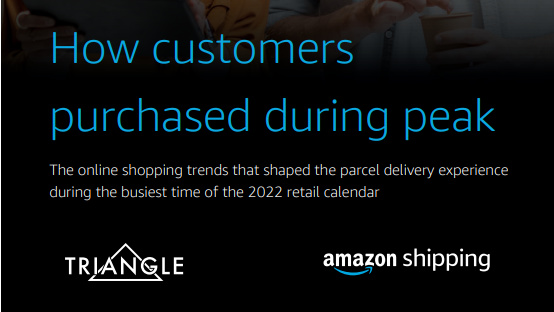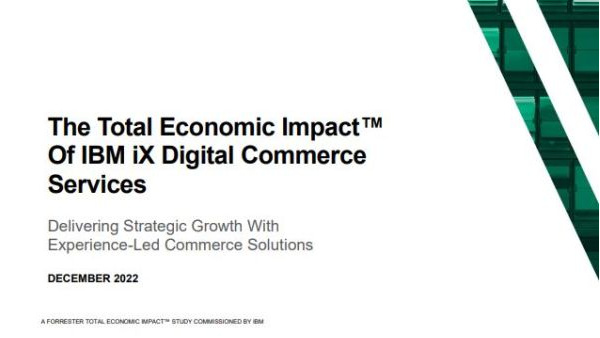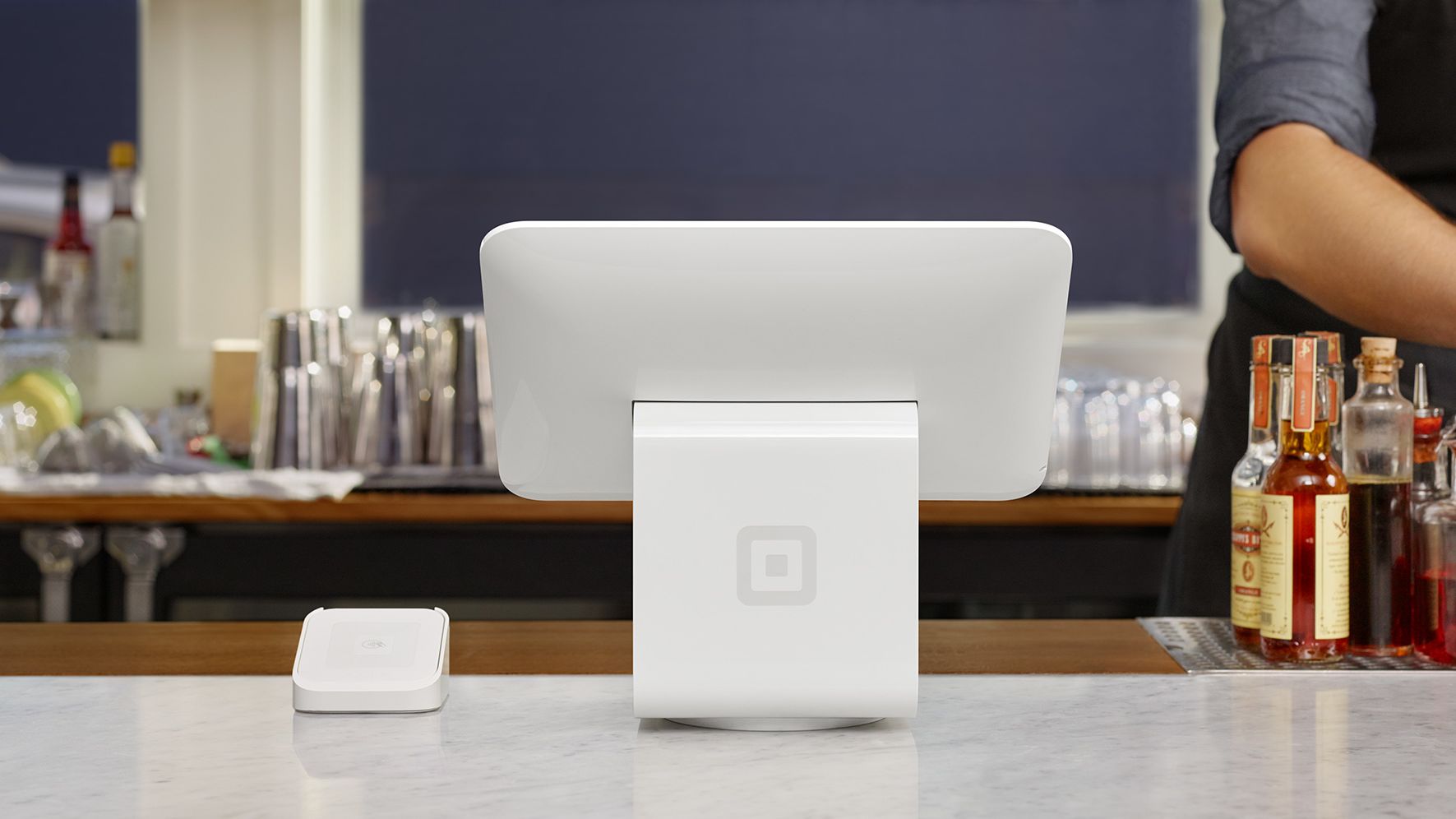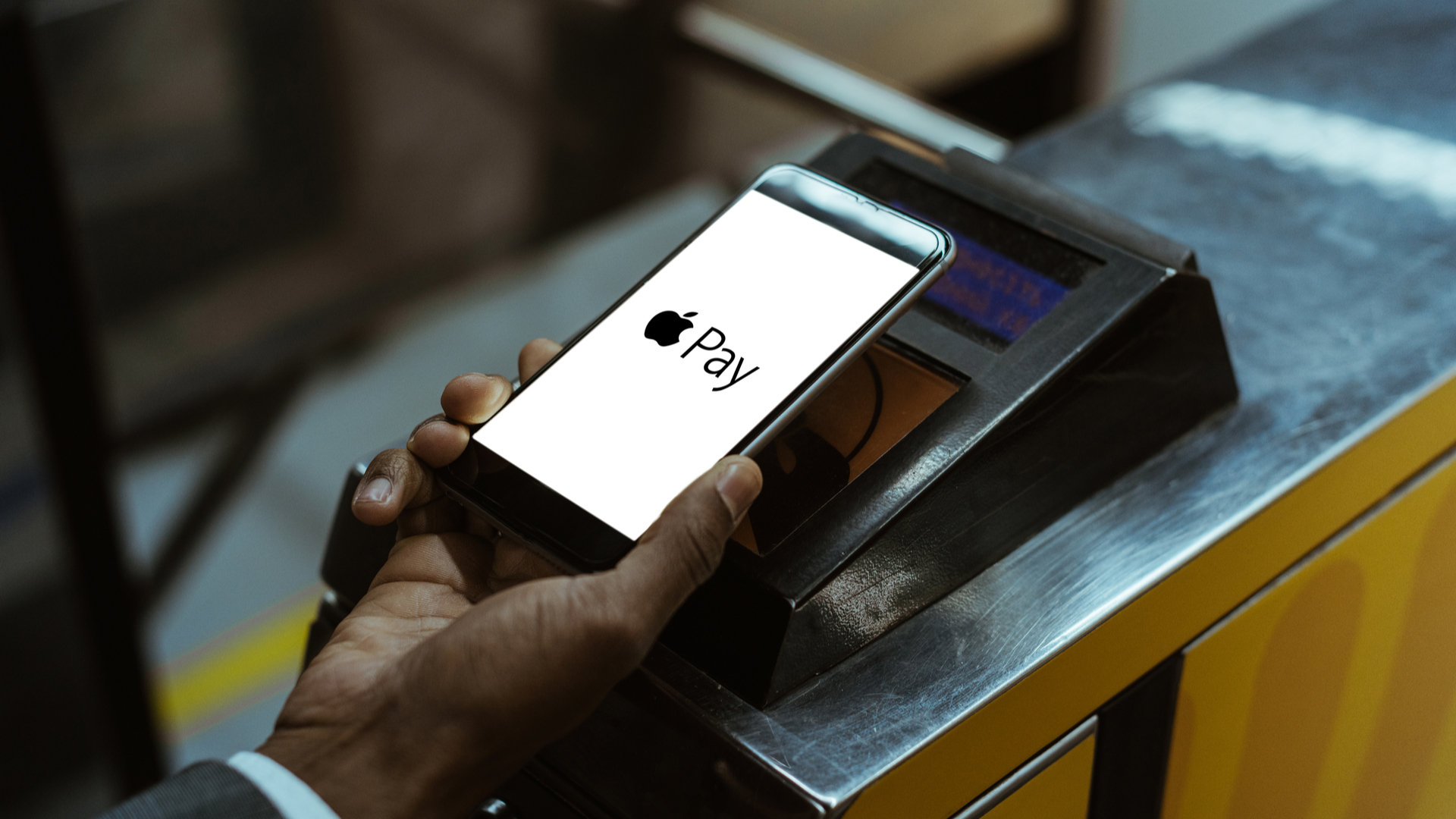Zavvi improves website tech for Christmas
As online shopping becomes central to retail, Zavvi improves its website technology - just in time for Christmas.

High street chain Zavvi is getting ready for the Christmas rush by improving its online offering with self-service technology.
The entertainment chain, which replaced Virgin Megastores last year, is implementing a solution from eService company Transversal, which will allow users to the get their online queries answered more efficiently.
The self-service website technology has already helped double the number of customers finding answers to questions about Zavvi through the site since the beginning of October.
Abandonment rates after visiting customer service has halved, with conversion rates - the number of people who visit casually and perform a desired action - doubling.
Melvin Simpson, head of e-commerce operations at Zavvi entertainment group, said that the implementation was vital as it built Zavvi's reputation for customer satisfaction, with customer service its top goal.
He said: "If you look at the type of business we are, we are selling largely the same product at often the same prices as our competitors. We think about the ways that we can differentiate ourselves."
Simpson said that online retail was growing significantly as part of the Zavvi business, which had taken time encouraging customer business as a brand.
Get the ITPro daily newsletter
Sign up today and you will receive a free copy of our Future Focus 2025 report - the leading guidance on AI, cybersecurity and other IT challenges as per 700+ senior executives
"We've invested a lot of time and energy through looking at every aspect of the user experience and worked very hard to get the basics right to ensure that every time a customer visits Zavvi they get what they want and have a satisfying experience."
The ask Zavvi a question' technology provides answers to a range of customer queries, and now currently has responses to over 150 questions, which was claimed to increase at 10 per cent each week.
Simpson said it was reducing the workload for existing customer service employees: "For a start it's reducing the number of contacts that are coming through to our customer service agents.
"It is meaning that when these contacts are getting through there is context around that and we've already been able to eliminate some of the issues that they might have had before."
-
 Cleo attack victim list grows as Hertz confirms customer data stolen
Cleo attack victim list grows as Hertz confirms customer data stolenNews Hertz has confirmed it suffered a data breach as a result of the Cleo zero-day vulnerability in late 2024, with the car rental giant warning that customer data was stolen.
By Ross Kelly
-
 Lateral moves in tech: Why leaders should support employee mobility
Lateral moves in tech: Why leaders should support employee mobilityIn-depth Encouraging staff to switch roles can have long-term benefits for skills in the tech sector
By Keri Allan
-
 How IBM and Adobe craft personalization at scale
How IBM and Adobe craft personalization at scaleWhitepaper Combining the content supply chain, CX orchestration, and intelligent commerce for ideal personalization
By ITPro
-
 Preparing for peak: How customers purchased during peak
Preparing for peak: How customers purchased during peakwhitepaper The online shopping trends that shaped the parcel delivery experience during the busiest time of the 2022 calendar
By ITPro
-
 How Crew Clothing went mobile to turn around a struggling business
How Crew Clothing went mobile to turn around a struggling businessCase Study Mobile sales tech unleashed a tide of change, buoying further growth across the UK coast-inspired casualwear chain
By Fleur Doidge
-
 The Total Economic Impact™ of IBM iX digital commerce services
The Total Economic Impact™ of IBM iX digital commerce servicesWhitepaper Delivering strategic growth with experience-led commerce solutions
By ITPro
-
 US antitrust bill nearing law faces fierce tech opposition
US antitrust bill nearing law faces fierce tech oppositionNews AICO seeks to limit the extent to which tech platforms can self-promote, and has drawn tens of millions of dollars in opposition from some of the largest tech firms
By Rory Bathgate
-
 Square offers sellers buy now, pay later integration with Clearpay
Square offers sellers buy now, pay later integration with ClearpayNews For the first time, Square customers in-person and online will be given the option to make a purchase as interest-free payments
By Rory Bathgate
-
 Sharp expands IT services with new FundOnion partnership
Sharp expands IT services with new FundOnion partnershipNews Collaboration will see the business finance platform now offer Sharp’s range of B2B solutions
By Daniel Todd
-
 Apple hit with class action suit for stifling rival tap-to-pay options
Apple hit with class action suit for stifling rival tap-to-pay optionsNews The devil is in the details of Apple’s policies, states Hagens Berman’s spokesperson
By Praharsha Anand